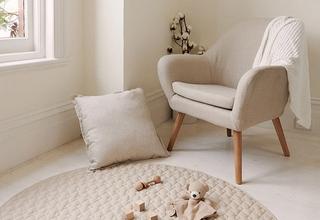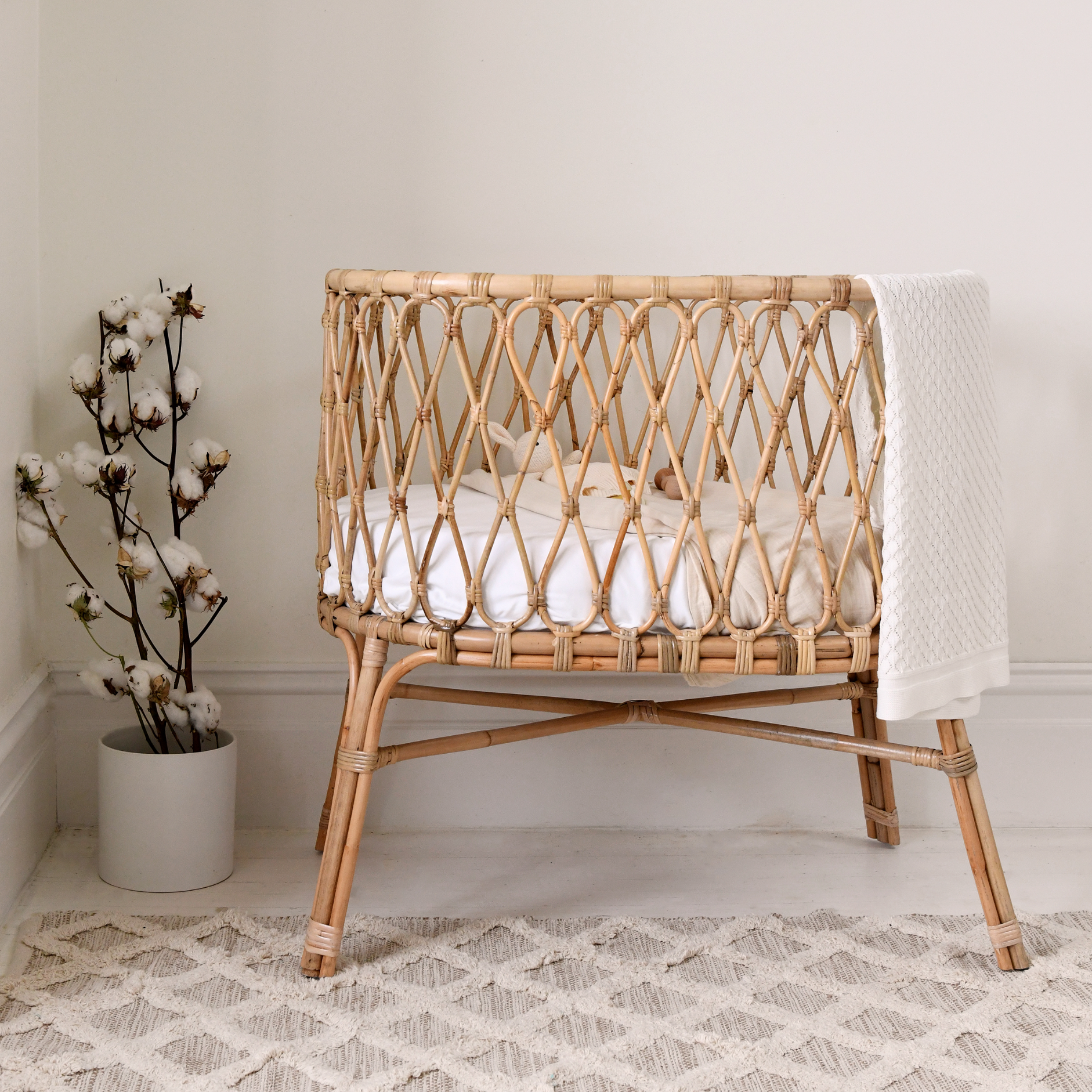How to Baby Proof Your House

Baby proofing involves removing hazards around the home that may put your baby in danger, particularly as they start to become more curious about their environment and move around on their own. It’s a great idea to do the majority of your baby proofing before your little one arrives if you can, as you’ll find you get pretty busy once they’re here! It also allows you to get adjusted to all the new devices you’ve had to place around the home to stop a curious little one.
You’ll also appreciate the peace of mind that comes with having baby proofed your home - it’s one less thing you’ll have to worry about when you become a new parent.
What are the ways to baby proof your home
From door-jams and table corners to toxic chemicals and curtain cords, there are potential safety risks for your baby in almost every room of your home. But don’t worry, removing these hazards is usually easy and inexpensive – it just takes a little bit of time!
We’ve created a list to help you identify and fix any risks to your little one around the home. You’ll find a range of baby proofing products at hardware stores and at some baby stores, most of which are relatively inexpensive and very easy to install and use. Once you’ve baby proofed your home, you’ll be able to sleep easy knowing that your home is nice and safe for your little one.
General updates & fixes to your home
If your house is old or needs a little bit of love, now is a great time to make those updates (it’s going to be much harder once you’re looking after a newborn!).
- Repaint any rooms that may need it, making sure you leave plenty of time between that last coat and your due date so that the paint fumes have well and truly disappeared before your baby arrives.
- Replace or steam clean old carpet in any rooms the baby will be in to remove dust and bacteria that may have built up over time.
- Fix any broken furniture you may have around the house.
- Check smoke alarm batteries
- Look into installing carbon monoxide detectors around your home
How to baby proof the kitchen?
The kitchen is one of the more dangerous rooms in a home, and, with many houses being open plan these days, they often can’t be shut off from the rest of the house. By adding a few locks and moving some dangerous items, you’ll instantly make your kitchen safer for curious babies.
- Attach baby proof latches or slide locks to low cupboards and drawers.
- Attach an oven lock to your oven (and microwave if it’s also at baby height).
- Replace your cleaning products with non-toxic alternatives where possible.
- Move knives, cleaning products and heavy items to high cupboards out of reach of children.
- Ensure batteries, alcohol, string, plastic bags, toothpicks and rubber bands are moved into high cupboards or baby proof drawers.
- Purchase a fire extinguisher or fire blanket.
- Unplug any appliances that aren’t being used.
How to baby proof the living room?
You and your baby will likely spend plenty of time playing together in your living space. Keep playtime safe and relaxing by making a few small updates to your lounge room.
- Attach cabinets, bookshelves, sideboards and buffets to walls using furniture anchors
- Secure cabinet doors and drawers with latches, slide locks or drawer catches. Use strap locks, angle locks or magnetic locks to secure any cabinet doors or drawers without knobs or handles.
- Remove any unsteady, free-standing side tables that can’t be anchored to walls
- Move tall or wobbly lamps behind furniture.
- Use safety plugs to cover exposed powerpoints.
- Check your blinds and curtain cords are well out of reach.
- Remove any glass furniture, if possible.
- Add corner cushions to low furniture with sharp edges (for example glass coffee tables and TV cabinets).
- Ensure rugs have a non-slip mat underneath.
- Check your indoor plants aren’t harmful or toxic – if they are, remove them or place them up high, out of reach.
How to baby proof the nursery?
Whether they’re sleeping, playing or feeding, your new baby will spend a lot of time in their room. Keep these points in mind when designing and decorating your baby’s nursery to make sure their space is safe and secure.
- Make sure the cot is away from other furniture so that they can’t climb from one to another.
- Position the cot away from windows, heaters, lamps and wall decorations.
- Keep bumpers, cushions and baby toys out of the cot.
- Put a non-slip mat under the rug
- Attach chests of drawers, bedside tables and bookshelves to walls using furniture anchors
- Check that all nursery furniture meets the relevant safety standards.

How to baby proof the bathroom & laundry?
It’s likely that when you’re not supervising your little one in the bathroom, you’ll have the door shut – but just in case they do manage to get in, there are a couple of updates we recommend making.
- Keep bathroom doors closed.
- Install finger-pinch guards on doors.
- Install a toilet lock.
- Move cosmetics from the bath ledge to a cupboard or drawer.
- Move laundry powder and cleaning products to higher cupboards if possible.
- Attach baby proof latches or slide locks to low cupboards and drawers.
- Purchase a thermometer for bath to ensure bath water is a suitable temperature.
How to baby proof the bedroom?
It’s always worth making a few small safety updates to bedrooms, even if your baby isn’t likely to go in there – just for peace of mind.
- Attach chests of drawers, bedside tables and bookshelves to walls using furniture anchors
- Attach baby proof latches or slide locks to low cupboards and drawers.
- Install finger-pinch guards on doors.
- Secure sliding wardrobe doors with sliding door and window locks to protect little fingers from getting jammed.
How to baby proof hallways & stairs?
Blocking off hallways and staircases is the best way to confine your little one to the safest areas of your house (and make it easier for you to keep an eye on them!).
- Install adjustable gates to the top and bottom of stairs.
- Install adjustable gates in hallways.
How to baby proof outdoor areas?
Your baby will love playing outside in the backyard! Make their time in the great outdoors as safe as possible with a couple of small updates.
- Move garden tools and equipment to a shed or garage if possible.
- Make sure the shed or garage is locked at all times.
- Remove any toxic plants and soil from garden
- Add a baby gate to outdoor steps.
Some final baby proofing tips
- Vacuum regularly to avoid dust and bacteria buildup on floors and carpets.
- Check that door stops are secure, with no small loose parts that could be a choking hazard.
- If you use rat bait or mouse traps around your home, move them to areas of the house that your baby won’t be in or can’t get to.
Baby proofing can look slightly different for every home and environment, use this as a guide to get you started and be sure to always assess any other potential risks you might have around your home.



